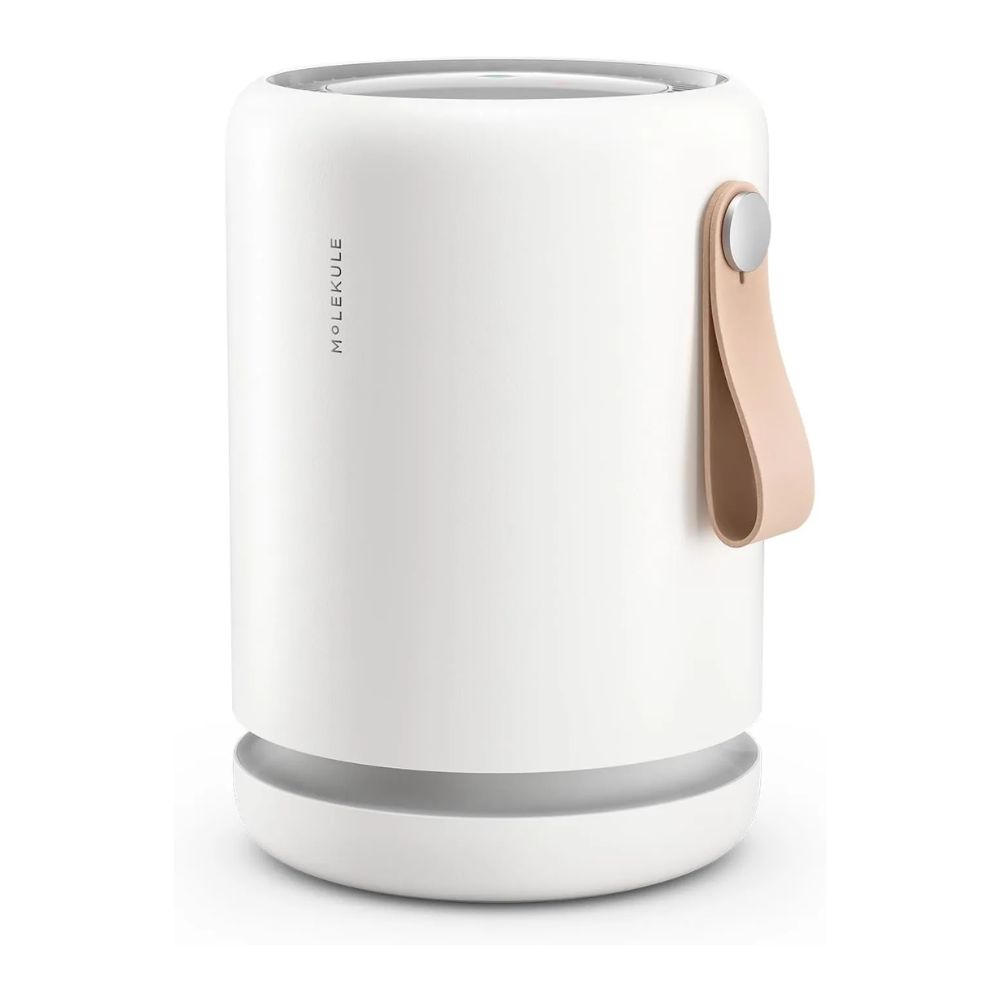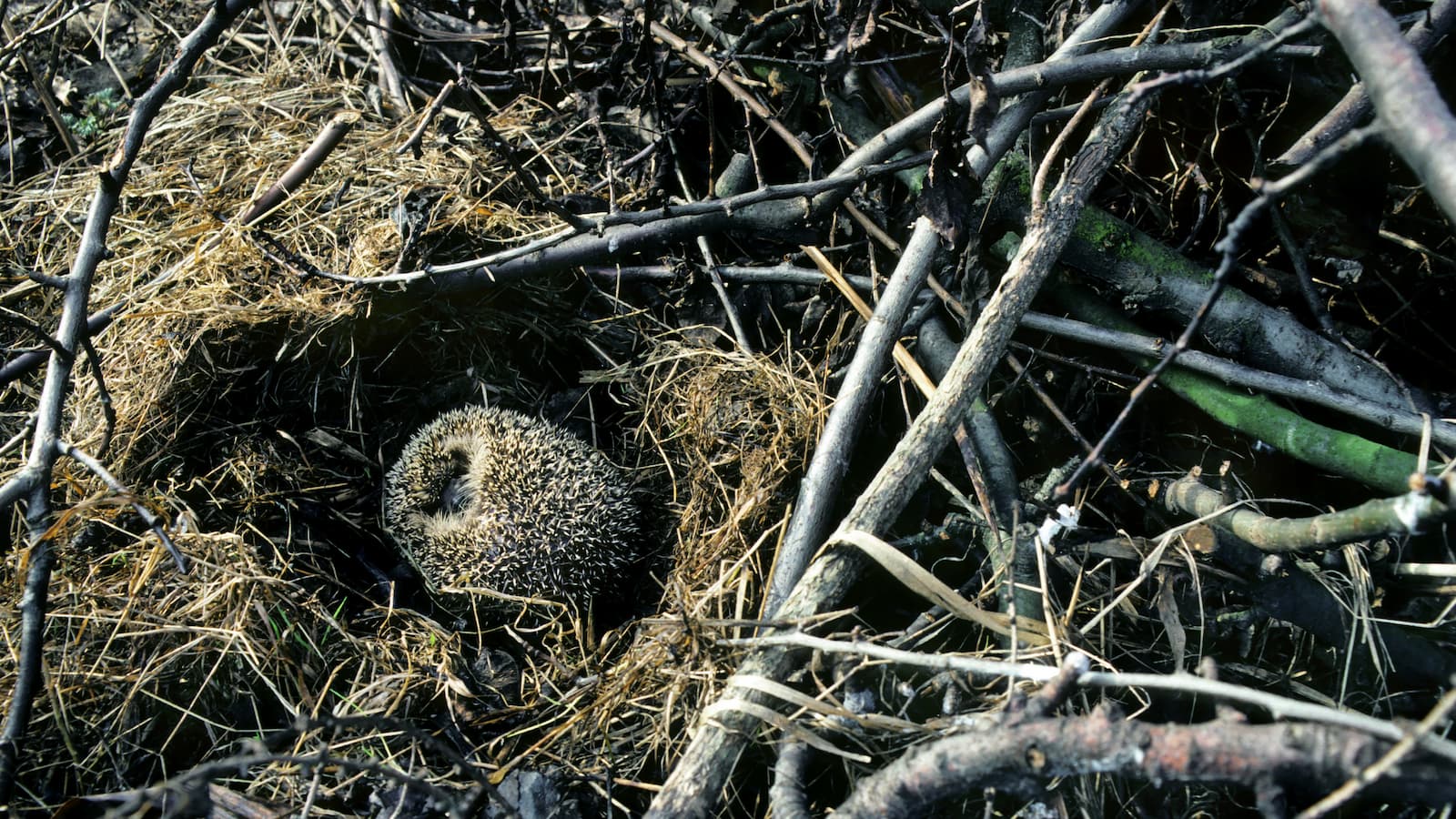Do air purifiers help with mould — or is it just a myth? Experts weigh in
Experts explain how air purifiers can combat mould by improving air quality and reducing allergens – and when they won’t make a difference to your home

If you’ve ever battled a damp corner or caught a whiff of musty air in your home, you’ll know just how stubborn mould can be. It’s a problem that thrives in cool, humid climates and one that many homeowners hope an air purifier can solve. But do air purifiers help with mould, really?
While air purifiers promise cleaner, healthier air, their ability to help with mould will depend on what’s actually causing the issue in the first place. Mould spores are tiny, airborne particles, and the right purifier can indeed trap and reduce them. But no gadget, however advanced, can replace the basics: tackling damp, improving ventilation, and keeping humidity under control.
So before you rush out to buy one, we’ve asked air quality experts to break down what air purifiers can – and can’t – do when it comes to mould in a house.
Do air purifiers help with mould spores?

Although mould appears like a surface problem, it starts in the air. Tiny spores drift around our homes all the time, waiting for a patch of damp or condensation to cling to, which is precisely why an air purifier can be a helpful tool in its prevention.
"Indoor air is a complex mix of particles from dust and pollen to mould spores, bacteria and pet dander. Breathing in this fine dust or PM2.5 (also known as fine particulate matter) can penetrate deep into the lungs and cause irritation in the eyes, skin, nose, throat and lungs,” explains Lars Dunberger, head of technology at Blueair. “Even if you have no underlying health issues, improved air quality is conducive to better productivity and a general sense of wellbeing.”
“The best air purifiers trap these microscopic particles – including mould spores – in the HEPA (High-Efficiency Particulate Air) filter," adds Chris Michael, CEO of Meaco. While HEPA filters don’t kill mould spores, they can stop them from recirculating through the air, making a noticeable difference to allergy symptoms and overall home air quality.
Just don’t forget to replace your filters regularly. As Chris warns, “Mould spores remain live inside the filter, which is why old HEPA filters should be disposed of in the waste system rather than recycled.”
Bring your dream home to life with expert advice, how to guides and design inspiration. Sign up for our newsletter and get two free tickets to a Homebuilding & Renovating Show near you.

Lars Dunberger is Head of Technology at Blueair, specialising in advanced air purification and filtration systems. His work focuses on improving indoor air quality and promoting healthier living environments.

Chris Michael is CEO of Meaco, a leading British air treatment brand. With over 30 years’ experience, he specialises in creating practical, energy-efficient solutions for healthier homes.
Some air purifier models use more advanced technology to go a step further. Dr Dhau, VP of R&D at Molekule, explains that while HEPA is excellent for trapping particles, newer systems are designed to destroy them entirely:
“HEPA filters capture up to 99.97% of airborne particles as small as 0.3 microns, including mould spores," he says. "However, advanced purification technologies, such as PECO, destroy mould spores and other organic pollutants at a molecular level rather than simply trapping them.”
Other options include UV-C light, which can neutralise airborne spores by damaging their DNA, and activated carbon filters, which absorb odours and pollutants that often accompany damp conditions.
The verdict: Most air purifiers can make your home’s air feel noticeably fresher and cleaner, but only certain models are capable of destroying mould spores entirely. They work best as part of a wider mould prevention strategy that includes good ventilation and moisture control.

Dr Dhau is an R&D leader and indoor air purification expert with over 30 patents and 65 research papers, known for turning materials science innovations into real-world products.
Shop the latest air purifier technology
Do air purifiers help with mould related allergies?
For anyone sensitive to mould, even a small amount of airborne spores can trigger sneezing, coughing, or itchy eyes. Air purifiers can help ease these symptoms by cleaning the air before those particles have a chance to circulate.
“Where the homeowner is allergic to mould spores and their allergy is being triggered, using a HEPA filter to capture the mould spores can ease their symptoms,” explains Chris Michael.
Dr Dhau agrees, adding that the difference is often most noticeable in homes where damp is difficult to manage: “Homeowners may notice a significant benefit in environments where humidity, ventilation, or climate make mould growth more likely,” he says. “Air purifiers can help reduce airborne mould spores and limit their spread, improving indoor air quality and potentially reducing allergy symptoms.”
The verdict: For households where mould-related allergies are a recurring issue, using an air purifier alongside proper ventilation and moisture control can make day-to-day living far more comfortable.
How do air purifiers fit into a wider mould prevention strategy?
If you want to stop mould for good, you need to go beyond what you can see. Scrubbing away the black spots or running an air purifier might make things look better temporarily, but unless you tackle the root cause of damp, it will find its way back, and often in the same hidden mould hotspots.
As Chris Michael explains, “Air purifiers cannot deal with the actual cause of damp, the mould growth or the underlying problem. They can only help to capture the mould spores that are in the air and prevent them from circulating.”
To make a real difference, combine your air purifier with one of the best dehumidifiers for your space. While the air purifier will improve the quality of the air you breathe, a dehumidifier will draw out excess moisture and help maintain normal house humidity levels. This will make your home far less inviting for mould and helps protect surfaces where damp damage often appears.
As Lars Dunberger notes, “The most effective mould prevention is to limit moisture levels – keeping humidity below 50% – and to maintain a well-ventilated environment. Some of the biggest culprits for excess moisture are air conditioning units, poorly ventilated bathrooms and even refrigerators.” He also recommends running extraction fans in kitchens and bathrooms to reduce moisture and condensation.

This highly-rated dehumidifier removes excess moisture from the air and helps maintain healthy humidity levels. It's ideal for medium to large homes, costs just over 6p an hour to run and includes a free HEPA filter to capture airborne spores and allergens.
When mould takes hold in your home, it can be stubborn to shift. Explore our expert guides on testing for mould, how to get rid of mould in bathrooms, removing black mould from silicone sealant, and how to tackle mould on ceilings to banish it for good.

Gabriella is an interiors journalist and has a wealth of experience creating interiors and renovation content. She was Homebuilding & Renovating's former Assistant Editor as well as the former Head of Solved at sister brand Homes & Gardens, where she wrote and edited content addressing key renovation, DIY and interior questions.
She’s spent the past decade crafting copy for interiors publications, award-winning architects, and leading UK homeware brands. She also served as the Content Manager for the ethical homeware brand Nkuku.
Gabriella is a DIY enthusiast and a lover of all things interior design. She has a particular passion for historic buildings and listed properties, and she is currently in the process of renovating a Grade II-listed Victorian coach house in the West Country.


